MySQL/InnoDB tables are always clustered (more on clustering here and here).
Since primary key also acts as a clustering key1, using the surrogate primary key means you are physically sorting the table in order that doesn't have a useful meaning for the client applications and cannot be utilized for querying.
Furthermore, secondary indexes in clustered tables can be "fatter" than in heap-based tables and may require double lookup.
For these reasons, you'd want to avoid surrogates and use more "natural" keys, similar to this:

({USER_ID, PICTURE_NO} in table VOTE references the same-named fields in PICTURE. The VOTE.VOTER_ID references USER.USER_ID. Use integers for *_ID and *_NO fields if you can.)
This physical model will enable extremely efficient querying for:
- Pictures of the given user (a simple range scan on
PICTURE primary/clustering index).
- Votes on the given picture (a simple range scan on
VOTE primary/clustering index). Depending on circumstances, this may actually be fast enough so you don't have to cache the sum in PICTURE.
If you need votes of the given user, change the VOTE PK to: {VOTER_ID, USER_ID, PICTURE_NO}. If you need both (votes of picture and votes of user), keep the existing PK, but create a covering index on {VOTER_ID, USER_ID, PICTURE_NO, VOTE_VALUE}.
1 In InnoDB. There are DBMSes (such as MS SQL Server) where clustering key can differ from primary.
